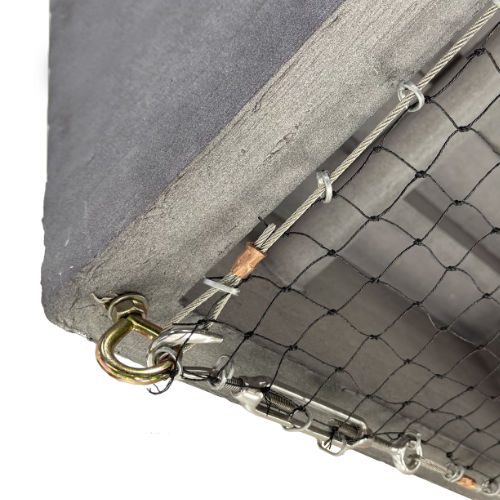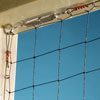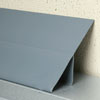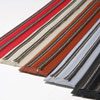Swallow Bird Control
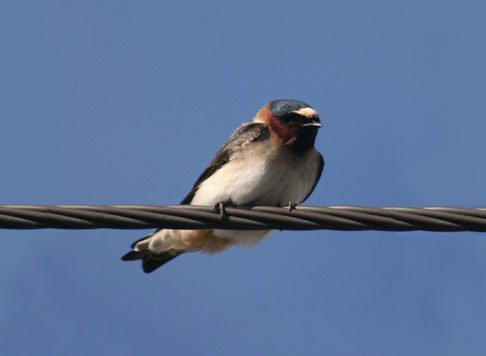
Recommended Products
StealthNet®
The strongest, most versatile bird exclusion system. StealthNet bird netting denies birds access to any architecture.
BirdSlide™
All bird species simply can’t get a grip and slide right off the ledge. Inverted, it prevents swallow nests.
Birdwire®
A spring-tensioned wire system designed to create an unstable landing area that is widely used throughout the US because it is very low-profile. It carries GSA approval for historic buildings.
Bird-Shock® Flex-Track™
A low-profile, electrified, ledge deterrent system that is effective way to deter swallows from buildings.
Swallow Identification
These slender, sleek pest birds are well known for their long migration and nesting habits. Cliff and barn swallows spend their winters in South America and summers in North America. They arrive around March in the southern part of the country, reaching the northern states in April. Swallows are very territorial and will always come back to the same nesting site. These migratory birds have made a very successful switch from cliffs and caves to man made structures for placement of their mud pellet nests. Increased insect populations from modern agriculture and shelter created by man made structures are two reasons given for this transition. Unfortunately, this success has often been at the expense of a frustrated homeowner. The swallow now faces strong competition from the introduced house sparrow for food and shelter. This may be why their numbers appear to be dwindling. Swallows are a protected species and their arrival is a sign of spring for many. The return of the swallows to San Juan Capistrano in California is a well-noted annual festival.
Cliff swallows and barn swallows both have brownish red faces and throats plus a steel blue coat and a light colored belly. Squared off tails identify cliff swallows (pictured) while barn swallows have deep forked tails. Juveniles have similar coloring but a duller finish.
Swallow Damage
Swallows can be a nuisance in suburban areas due to their nesting habits. Swallow nests are made of mud which damage and deface the outer walls and eaves of residences and office buildings. Building sides often end up smeared with feces from the bird colony along with collecting on the ground. Homeowners have also reported problems with parasites entering the house through building cracks next to the nests which poses a potential health risk to humans and animals.
How To Keep Swallows Away / Swallow Deterrents
All swallows enjoy special protection under the law, so you must exercise swallow control measures carefully. You cannot disturb a swallows nest once they lay their eggs. The only way to eliminate cliff and barn swallow problems is to take down the nests in the winter after they are gone and exclude them from returning by using 3/4″ StealthNet. Install bird netting at an angle across the eaves to prevent access to any sharp building angles. Several strands of Birdwire can also be run under eaves in strategic patterns at angles to prevent nest build up as well. BirdSlide can be inverted under eaves to prevent nest building.
Swallow Nesting
Increasingly, swallows nest in buildings and other man made structures. They build elaborate mud bird nests out of mud pellets. They like to build their nests at sites near a river with dirt embankments. Both cliff and barn swallows pack mud pellets in the upper eaves of a building. The resulting nest will resemble a wine carafe or flask with the opening on the side. They line the nest with grass and feathers. Nests are packed together in close knit colonies. The colonies range in size from a few to several thousand.
Swallow Breeding
Cliff and barn swallows have two broods per year with each brood containing four to five eggs. Egg coloration will be white, cream or pale pink with brown spots on some of the eggs. The eggs take 12 to 14 days to hatch. Fledglings leave the nest after 25 days.
Swallow Cycles
They migrate each year between North and South America. They winter in South America and summer in North America.

